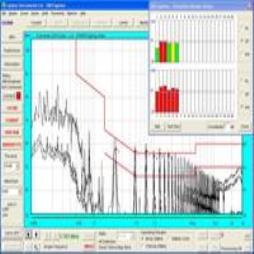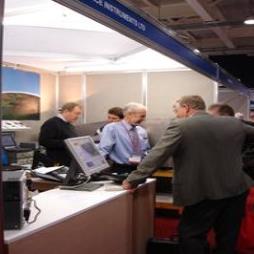EN55015 (Luminaires), new requirements.
11-02-2010
Groans all round!
The required measurement technique normally used for this frequency band is described in EN55022, and involves open area test sites (OATS), specialised antennas and problems with ambient signals and test site calibration. This test is notoriously prone to high measurement uncertainties unless there is significant investment in resources and facilities.
However, the standards committee have in this case, taken an enlightened and pragmatic view and have specified an alternative technique which is quite straightforward, quick and involves relatively low cost. (That makes a change!)
The alternative technique
This technique is described in Annex B of EN55015:2006. It specifies a technique similar to that used below 30MHz for conducted emissions. Below 30MHz a device known as a LISN is introduced into the mains power feed to the luminaire. This is a well known and established technique that has been used ever since EMC was invented. The new Annex B specifies the use of a CDN instead of a LISN, but otherwise the technique is very similar. [CDN stands for Coupling-Decoupling Network].
Therefore, those who are familiar with the ‘old’ standard, and have the relevant EMC analyser and facilities, can very easily add the capability to accommodate the new standard simply by adding the CDN(s).
CDNs were originally designed for use as RF injection devices, to couple RF onto cables to test the immunity of products to conducted RF interference. This makes them useful, dual purpose items. CDNs come in several varieties. Each ‘variety’ is designed for a specific type of cable. So for a mains cable, a type M2 (L, N)) or M3 (L, N, E) is required.
Laplace manufactures a wide range of CDNs for these applications. The unique feature of these CDNs is that they are ‘Versatile’. That is, each model can be ‘programmed’ to suit several different cable types. For example, the S46M3 type is suitable for M1, M2 and M3 cables. This reduces the number of CDNs required to handle a range of different products. Note that during these measurements, all cables to the product should be fitted with a CDN. This means that if (for example) a product has a mains feed, a separate feed from a battery and a third feed for a control bus, 3 CDNs are required, all fitted during the test.
In addition to these CDNs, Laplace can supply complete EMC test systems including EMC analysers, LISNs, pre-selectors and Large Loop Antennas (as required for EN55015).
Visit the Laplace Instruments Ltd website for more information on EN55015 (Luminaires), new requirements.





